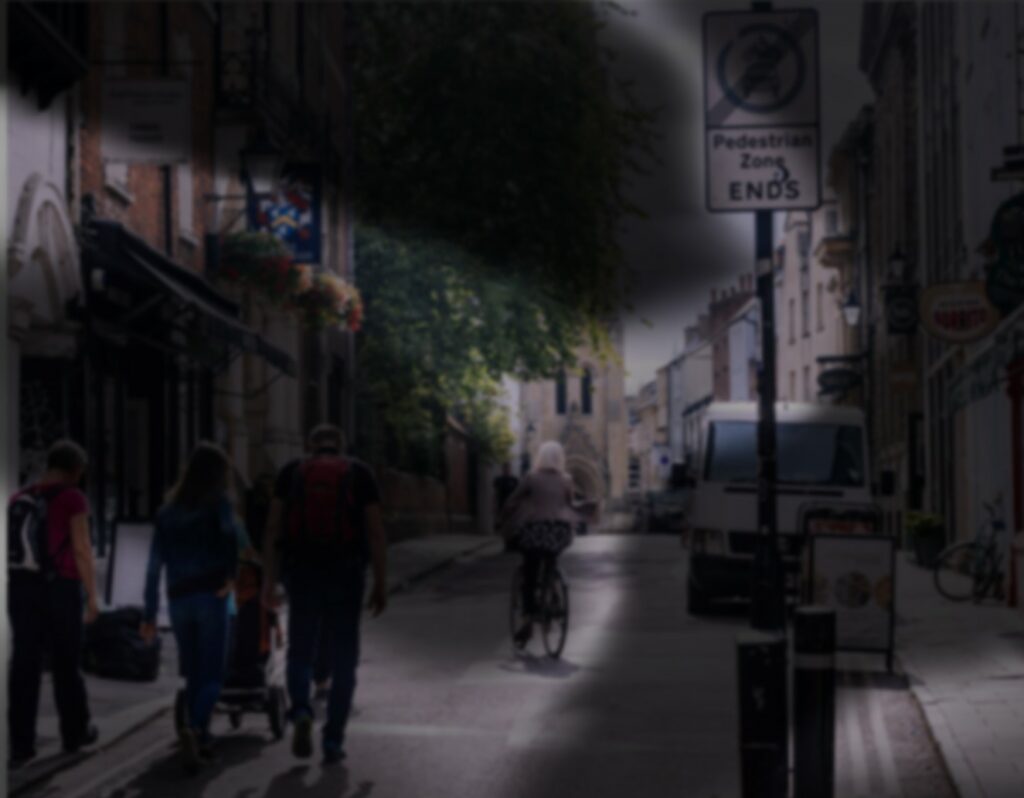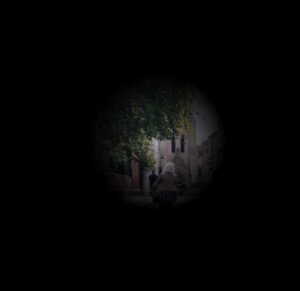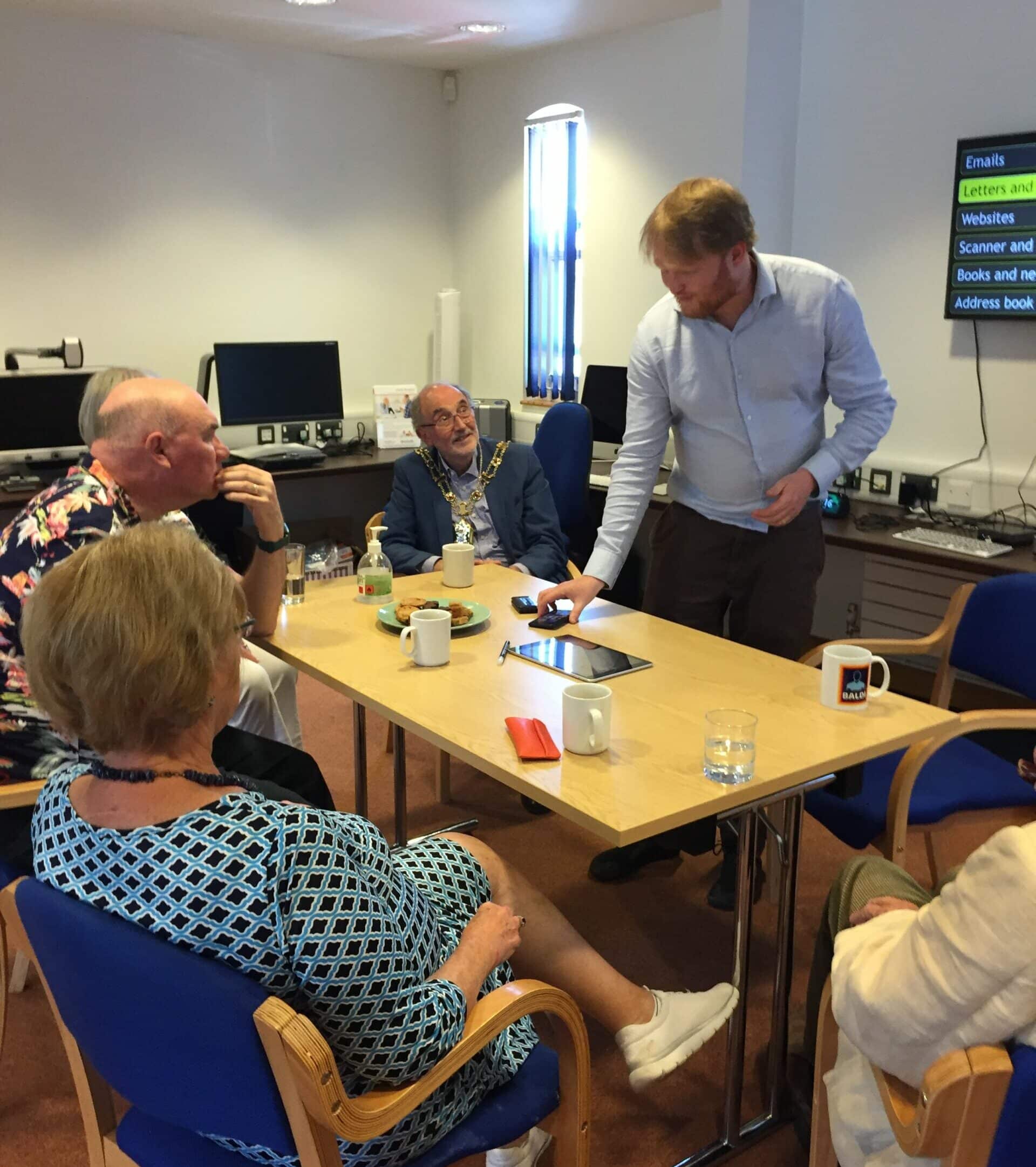We offer free information, advice, and support, to blind and visually impaired adults and children in Oxfordshire.
Whether you need technical advice on a piece of equipment, practical solutions to an everyday problem, or just want someone to talk to, you can be assured of a warm friendly response from the team at MyVision.
You can contact our team 10am – 4pm, Monday to Friday, by phoning 01865 725 595. When we are not in the office you can leave a message on our phone and we will get back to you as soon as possible. You can also email us at info@MyVision.org.uk
Below we have listed some general information about sight loss and resources you may find useful.
What is visual impairment?
Visual impairment is the inability to see well even when vision has been corrected by glasses or contact lenses.
An individual can be registered as sight impaired (partially sighted) or severely sight impaired (blind). This registration is carried out by an ophthalmologist (specialist eye doctor) after a series of tests. You will need to talk to your ophthalmologist to see if you are eligible for registration, you may need to be referred by your GP. To find out more about the benefits of registration please follow this link: Benefits of Registration
Types of visual impairment
Visual Impairment can come in various forms. Around 95% of those who have a visual impairment have some usable vision. We’ve listed the four main types of vision loss below:
Peripheral vision loss/tunnel vision
Peripheral vision loss can be caused by conditions such as Retinitis Pigmentosa or Glaucoma. This often results in a deterioration of sight around the outer field of view. Sometimes this can be unnoticed but regular eye tests are recommended. Often, for those that have peripheral vision loss, noticing trips and hazards can be tricky, some may also find it harder to see in the dark.
Below we have provided a simulation of what someone might see with peripheral vision loss.
Central Vision Loss
Central vision loss is commonly caused by Age-Related Macular Degeneration, although can be caused by other genetic conditions affecting the macular/central vision. Having central vision loss can make it hard to recognise faces, read standard print, and do detailed work, although mobility may not be as affected.
Below we have provided simulations of central vision loss.



Patchy Vision
Patchy vision is commonly caused by Diabetic Retinopathy or retinal detachment. Those with patchy vision in the centre will find it hard to perform detailed tasks, such as reading. Those with patchy vision at the peripheral will find it hard to navigate and see trips and kerbs.
Below we have provided simulations of patchy vision



Cloudy Vision
Cloudy vision is commonly caused by cataracts. Those with cataracts ma experience difficulty reading and seeing detail, many will struggle with glare and can describe seeing halos around lights.
Below we have provided simulations of cloudy vision



Visual Hallucinations
Visual hallucinations are common with those who have had sudden vision loss, this is commonly known as Charles Bonet Syndrome. For many it can be scary as images are relayed from the brain and can cause people to think they are seeing things. Although there is no cure, there are many coping techniques and often talking about it can help those who experience it to come to terms with the condition. You can find out more about this at Esme’s Umbrella a campaign set up to create awareness around Charles Bonet Syndrome, you can find out more via the link below:





